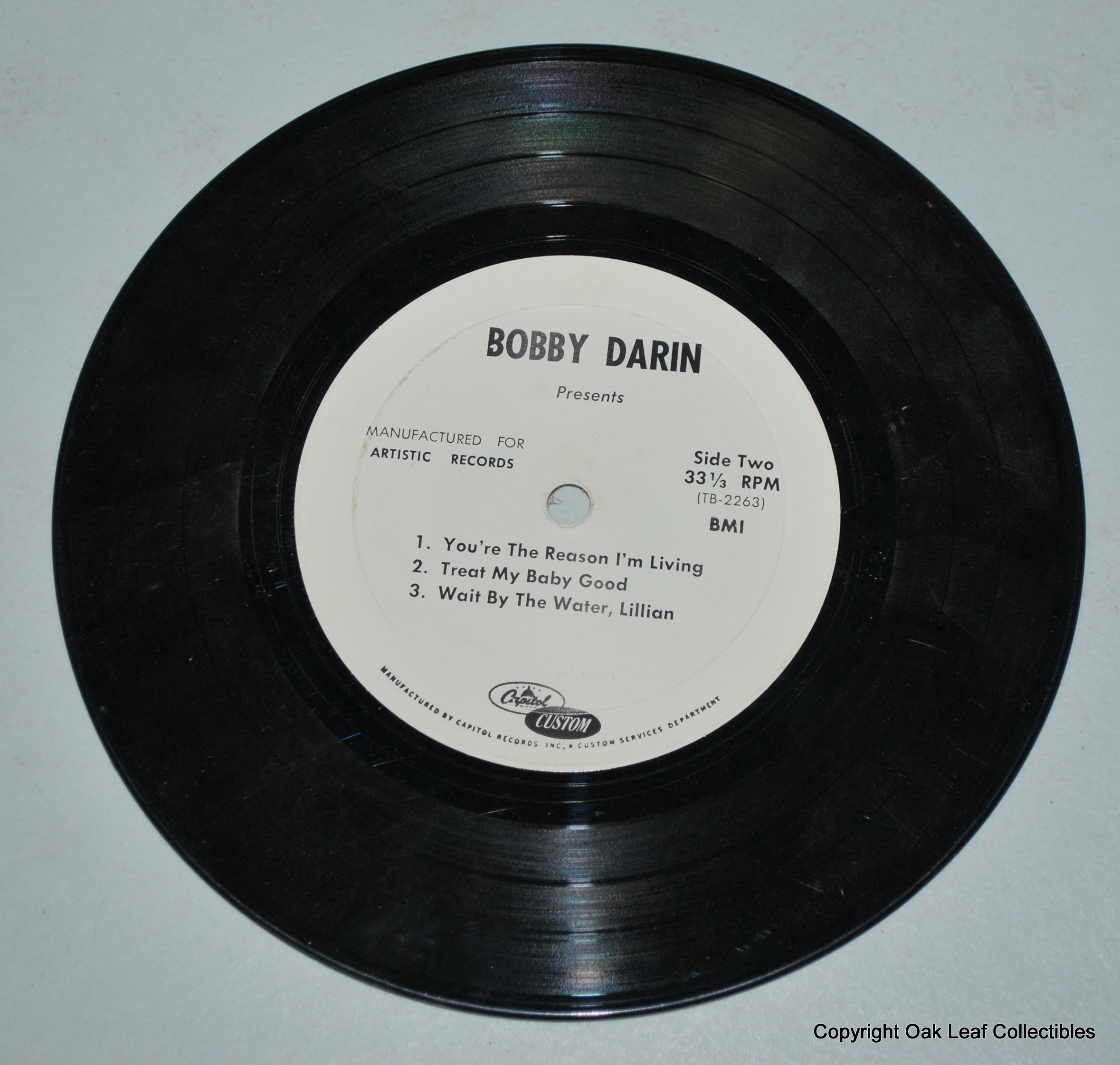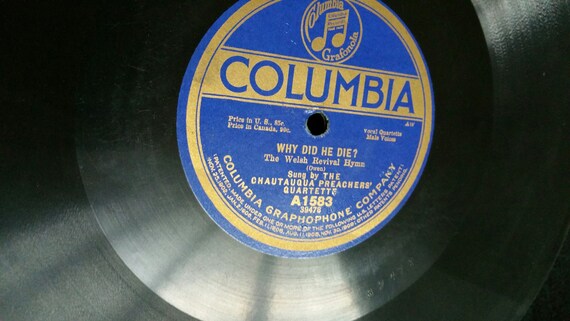
The only difference is they leave the source playback at real time instead of half speed.Ģ. Of course all the Half-Speed-Mastered audiophile LP cutting centers can do it since they have to cut at 16 anyway. Ndiamone here – look me up on the aforementioned vinylengine and tapeheads and audiokarma and lathetrolls and just about every other related vintage record engineering and electronics board. At least somebody had a picture of a 16 rpm sector. Have you ever seen a 16 rpm record? Do you have particular memories of vinyl from your childhood? I wonder if 16 rpm can even me mastered and pressed these days? At least my TTXs can run 33 rpm at -50% should I ever stumble across one. I also did a quick check on eBay - seems that The Bible in spoken word form is reasonably easy to locate, but nothing in the way of music. So instead of me trying to sound like an authority on something I just researched, check out this excellent Bloggerhythms piece from 2011. Unlike my seven year old self who did accidentally break the odd 78 (you knew this anyway parents), I have the internet, so googled “ 16 rpm records” and got back everything I needed to know about the mystery that has haunted me since childhood. I remember a good selection of Sixties 45s (including Double Barrel on 45 that got given to charity before I could lay my much older hands on it), a diverse collection of seventies LPs (Carpenters and Johnny Mathis for my Mum, and Deep Purple for my Dad) and even the odd inherited 78 too.īut there was a setting on our stereo music centre (it had one of those interchangeable spindles where you could stack up a bunch of 45s too) that confused me, and to this day I don’t think I’ve ever come across one, and that’s “16”. The streamlined design of the turntable features natural bamboo for a warm look, and a built-in pre-amp that’s compatible with any of our speakers for easy connection.I have no idea why this just popped into my head, but I had a flashback to being a kid (yes Jared, I was young at some point), and being fascinated with my parents’ record collection. Create a classic sound that reveals the true depth of your favourite music.

See how turntables have evolved and check out our new Stir It Up Turntable. Turntables and record players no longer have a fixed RPM speed at which they operate. Our Stir It Up Turntable features a 33/45 RPM switch so you can dial in your setting for the vinyl you want to play. Compared to the previous year, sales grew over 53%. Although vinyl is a technology from the past, there has been a major surge in the popularity of turntables and record players. According to an article that came out earlier by The Guardian, in 2016 about 3.2 million LPs were sold which set a 25-year high. In between these two technologies of course there are cassettes and CDs which were super popular for a good 30+ years. In today’s world, the music industry has moved to streaming and downloading.
#When did 33 rpm records come out portable#
The compact and portable size of the 7″ vinyl made it easy for listeners to store and travel with. Different colored vinyls were also introduced which made the 45s even more popular. Just a year later in 1949, RCA Victor released a smaller 7″ version of the vinyl in a 45 RPM format which resonated quickly with music listeners.

The record material was made thicker and used a different vinyl material which reduced noise. In 1948, the 33 1/3 RPM record was produced by Columbia Records, which was produced in a long play (LP) record playing for about 20 minutes each side.

The record material was made out of Shellac, a material that can “ping” when you hit it, causing additional noise. In the 1890’s, Emile Berliner’s first gramophone records came out and it spun at 78 RPM. So put it this way, 1 RPM means the platter will do a complete 360 degree turn in 1 minute. It measures how many times the platter will spin completely in a minute. RPM stands for revolutions per minute and this is the universal measurement for turntable and record player speed. But how are they different and why are there multiple speeds? Simply put, technology changes and the industry adapts. Recording technology has come a long way over the past hundred years from 78 RPM to 33 1/3 RPM and 45 RPM.


 0 kommentar(er)
0 kommentar(er)
